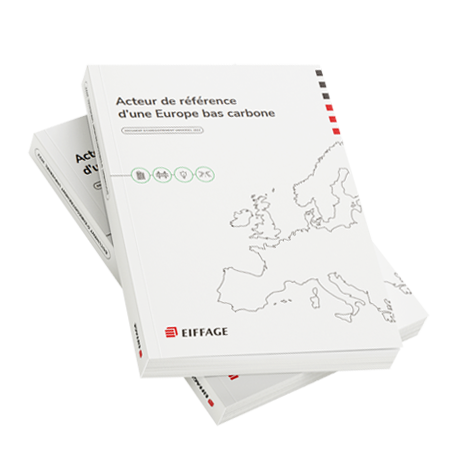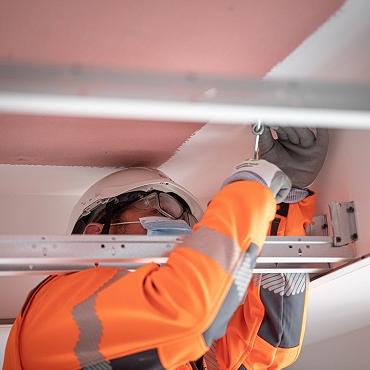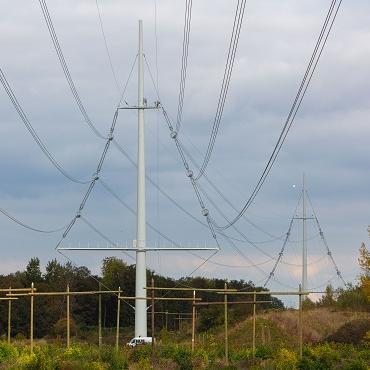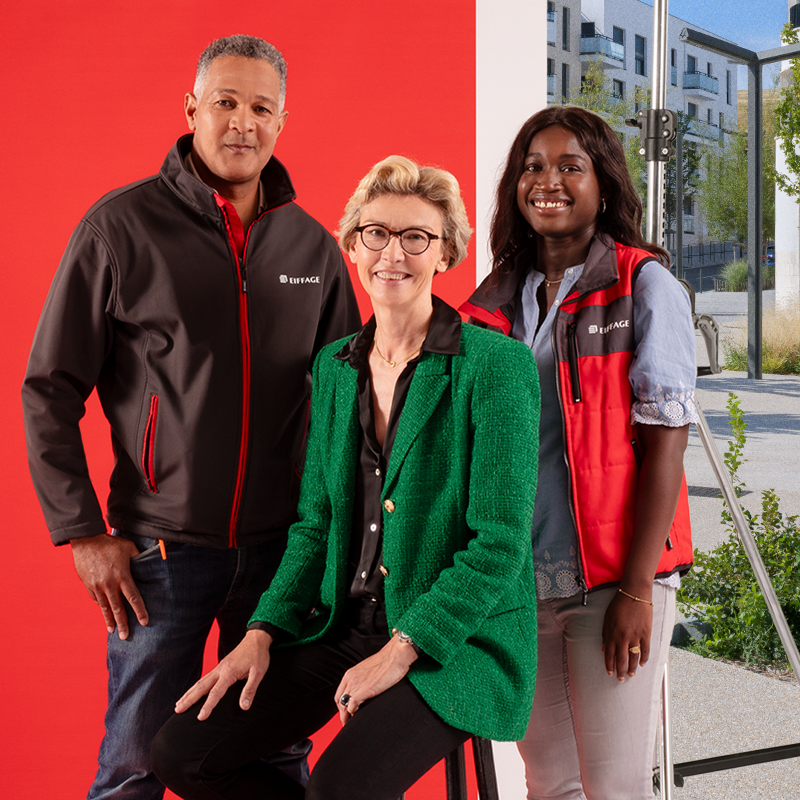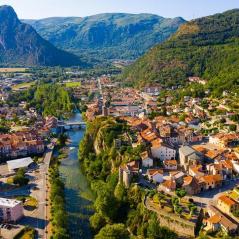Imagining and implementing tomorrow’s mobility solutions is a major challenge currently faced by cities and local authorities. Whether it involves reducing a city’s carbon footprint by favouring public or shared transport, cutting travel time or favouring regular services, local authorities must respond to the mobility problems experienced by inhabitants as well as environmental conservation issues.
Each local authority is now looking for shared, reliable and energy-efficient services that connect the workplace, leisure facilities and home of their residents.
Expercité, votre partenaire pour vos projets de mobilité
Une ville plus fluide facilitant la mobilité tout en respectant l’environnement. Découvrez l'offre d'Expercité.
Favouring public transport in the case of urban mobility
Reducing traffic in congested city centres or on major roads used by commuters is a major challenge for local authorities. The solution is to favour public transport lanes, while allowing them to modulate their use, as buses and trolley buses only occupy these lanes 10% of the time.
Eiffage Énergie Systèmes supports the regions in order to promote the public transport offer of local authorities and make it more attractive than cars. We are innovating and experimenting with public-transport lanes, whether car-sharing routes or dynamic bus corridors like those in Lyon. Public space is no longer geometrically divided: it adapts to the flow of traffic. For example, whenever a bus arrives in a given location, a temporary bus corridor is created using a connected light-based barrier and signage device. Result: users are guaranteed the same travel time whether during peak or off-peak hours.
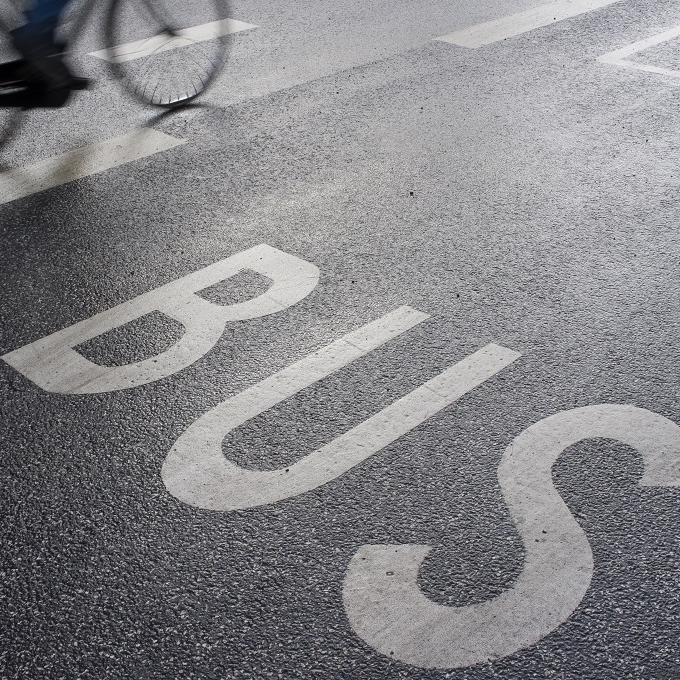
« We wanted to make the transport network attractive by providing users with a service that fulfils its commitments in terms of regularity, travel time and respect for the environment . »
Towards carbon-free mobility
When increasing the supply of public transport, local authorities have to ask themselves if they wish to opt for a fleet that emits only a small amount of greenhouse gas, particularly in the case of bus fleets. Opting for 100% electric vehicles has significant consequences. The whole landscape changes with this new green mobility solution. Charging infrastructure has to be integrated into existing systems and must not affect the travel time of users.
Eiffage Énergie Systèmes teams support the networks by providing concrete and turnkey solutions for the roll-out of these electric fleets. These solutions include electrical installations equipped with chargers and bus station equipment, the monitoring of installations and maintenance.
This know-how currently benefits Nantes and Semitan, the operator of the city’s public transport network. We work on installations that allow the ultra-fast charging of e-bus lanes. These buses, six metres in length, connect to the power grid when they arrive at four stations and receive in about fifteen seconds 600 kW of current. This will allow them to continue their journey seamlessly.
Helping users move towards electric vehicles
This new mobility solution shapes the regions and shakes up urban planning. It becomes a service provided to users in order to encourage them to embrace the energy transition process. Cities are thereby equipped with electric charging stations, as part of an electric-vehicle car-sharing offer or simply as part of an initiative to allow each person to recharge his or her vehicle while it is parked.
These charging points are distributed in towns strategically. Eiffage Énergie Systèmes helps the regions think, propose and commission a network of charging stations. We were thus asked by the city of Auxerre (Orne) to manage the commissioning of new charging stations, their protection and the maintenance of this infrastructure.
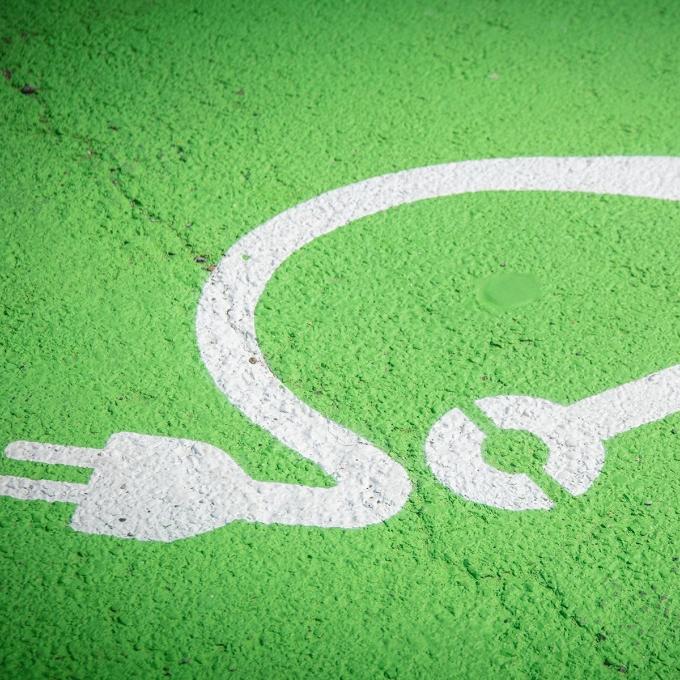
Mobility, a factor in the attractiveness of city centres
Smooth, efficient and green mobility is a factor that forms part of the appeal of regions and, particularly, city centres. As city centres become more accessible and calmer, footfall increases.
To facilitate cohabitation between cars and public transport in these strategic areas, Eiffage Énergie Systèmes can display available parking spaces in real time. Users are thereby informed of free places and their location through sensors and a mobile application. Collected data can then allow cities to adapt, in the longer term, their parking offer and manage this issue with greater peace of mind.

